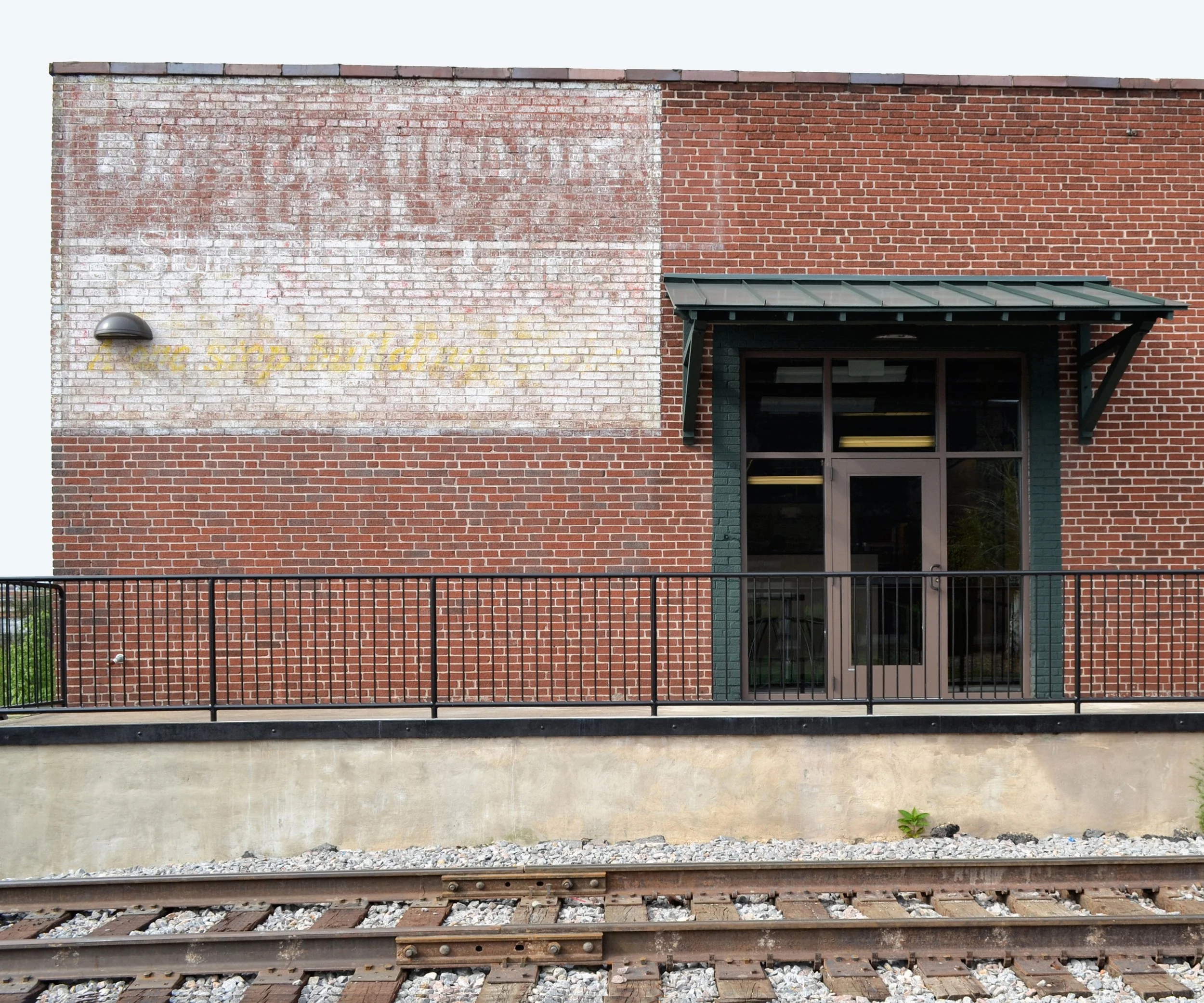Adaptive Reuse
Huber Architects has been involved in adaptive reuse, historic preservation/restoration, and Historic Tax Credit work for 45 years. Understanding of older building construction and materials allows our team to readily assess the potential for salvage, restoration and adaptation.
Older buildings often hold the potential for becoming unique and functional renovated buildings, with the benefit of preserving the historic fabric of the local built environment. Renovation of existing buildings can be more cost-effective than building new and is often more environmentally friendly than using undeveloped land and new building materials to satisfy the same building program needs.
Why choose Adaptive Reuse?
Adaptive reuse is green building. The reuse of existing buildings reduces the need for new construction materials and greatly decreases a project’s carbon footprint. Furthermore, most adaptive reuse projects include energy efficiency improvements through retrofits.
Adaptive reuse is more economical. Renovations are often more cost-effective than new construction.
Take advantage of existing building codes and zoning ordinances. These incentives may include variances or allowances for existing parking, planning and land use requirements.
Old buildings have soul. While sometimes more complex than building anew, adaptive reuse projects support contemporary use and values while preserving architectural and cultural heritage.

